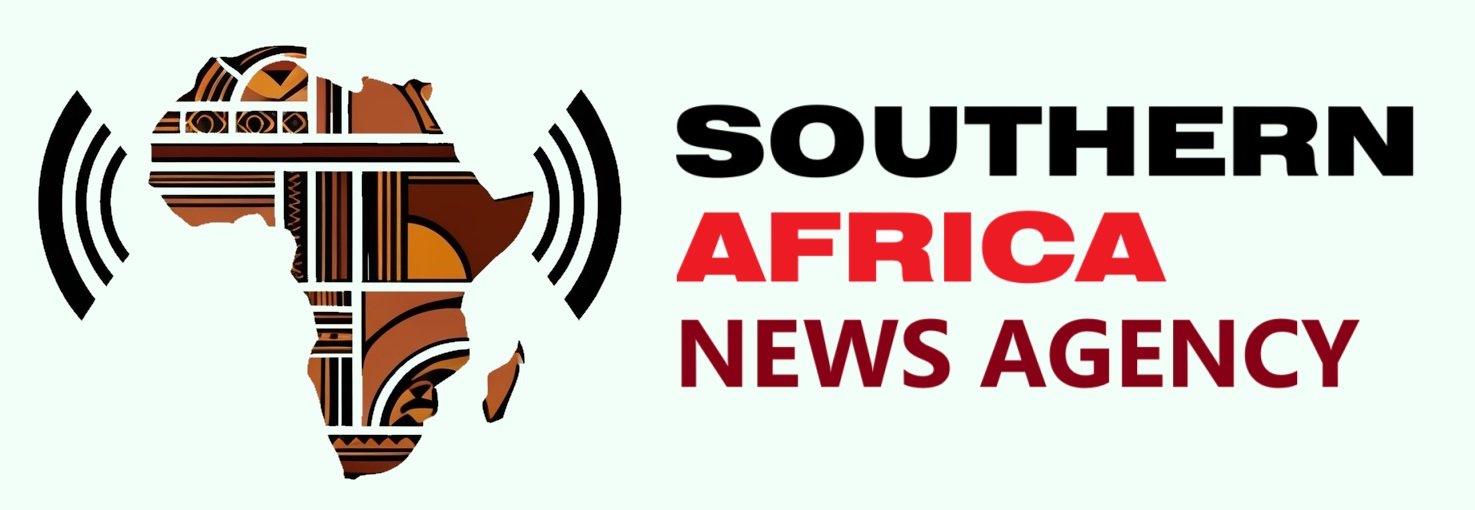Zimbabwe reveals alarming statistics about deepening energy disaster – Nehanda Radio
At a time when Zimbabwe is dropping hundreds of thousands in potential income as a result of energy outages, Minister of Energy, Edgar Moyo, has revealed that the disaster is anticipated to escalate with alarming statistics on energy technology exhibiting that the nation spent greater than allotted.
A current survey by the Chamber of Mines indicated that miners have misplaced US$500 million of potential income as a result of energy outages in 2024.
Speaking in Parliament throughout query and reply session on Wednesday, Moyo stated Lake Kariba’s water ranges had considerably decreased, leaving only one billion cubic liters of water, sufficient to generate 100 megawatts till the tip of the yr 1.
The authorities’s determination to generate as much as 500 megawatts from Kariba to fulfill excessive demand has decreased water ranges, impacting energy technology.
The Minister additional acknowledged that breakdowns at Hwange Stages 1 and a pair of have decreased energy technology from 420 megawatts to 260 megawatts.
“Currently, at Hwange 7 and eight, we’re operating at full throttle and producing 640 megawatts. At Hwange Stages 1 and a pair of, throughout winter, we have been at peak for that capability at 420 megawatts.
“Now, we are doing 260 megawatts and as a result of the breakdown of other units, we are now generating power using just three units,” Moyo stated.
“In Kariba throughout that point, we have been capable of do as much as 300 megawatts however now we’re solely capable of do 100 megawatts which arithmetically signifies that we are actually producing much less energy than we had throughout winter.
“We have been allotted 8.4 billion cubic metres of water for Lake Kariba to be used this yr however because of the necessity to steadiness energy with actions which might be occurring within the nation, in some unspecified time in the future we needed to get from Kariba as much as 500 megawatts to make up for enhanced or excessive demand for energy.
“That has significantly reduced the water levels and we are now left with about 1 billion cubic litres of water which can generate 100 megawatts up to the end of the year. This means that we have a huge reduction in Lake Kariba and in Stages 1 and 2 in Hwange because of the breakdown of the old generators.”
In December final yr, the World Bank indicated that Zimbabwe desperately wanted secure and dependable electrical energy entry to be able to obtain upper-middle-income standing by 2030.
The worldwide monetary establishment stated Zimbabwe’s energy shortages have been a major financial burden, costing a whopping 6.1% of its GDP yearly.
The loss comprised 2.3% as a result of inefficiencies in technology and extreme community losses, and an extra 3.8% from the downstream prices of unreliable power.
Victor Steenbergen, Senior Country Economist for the World Bank in Zimbabwe, stated, “The electrical energy deficits have been weighing on the financial system, notably in mining, by decreasing the margins of current operations and on the feasibility evaluations for expansions and new initiatives.
“The shortages also affect the agriculture and agro-processing sectors by undermining irrigation, cold chain, and storage facilities. Tourism is also affected by the disruption of essential services. These effects translate into lower economic growth and household incomes.”




